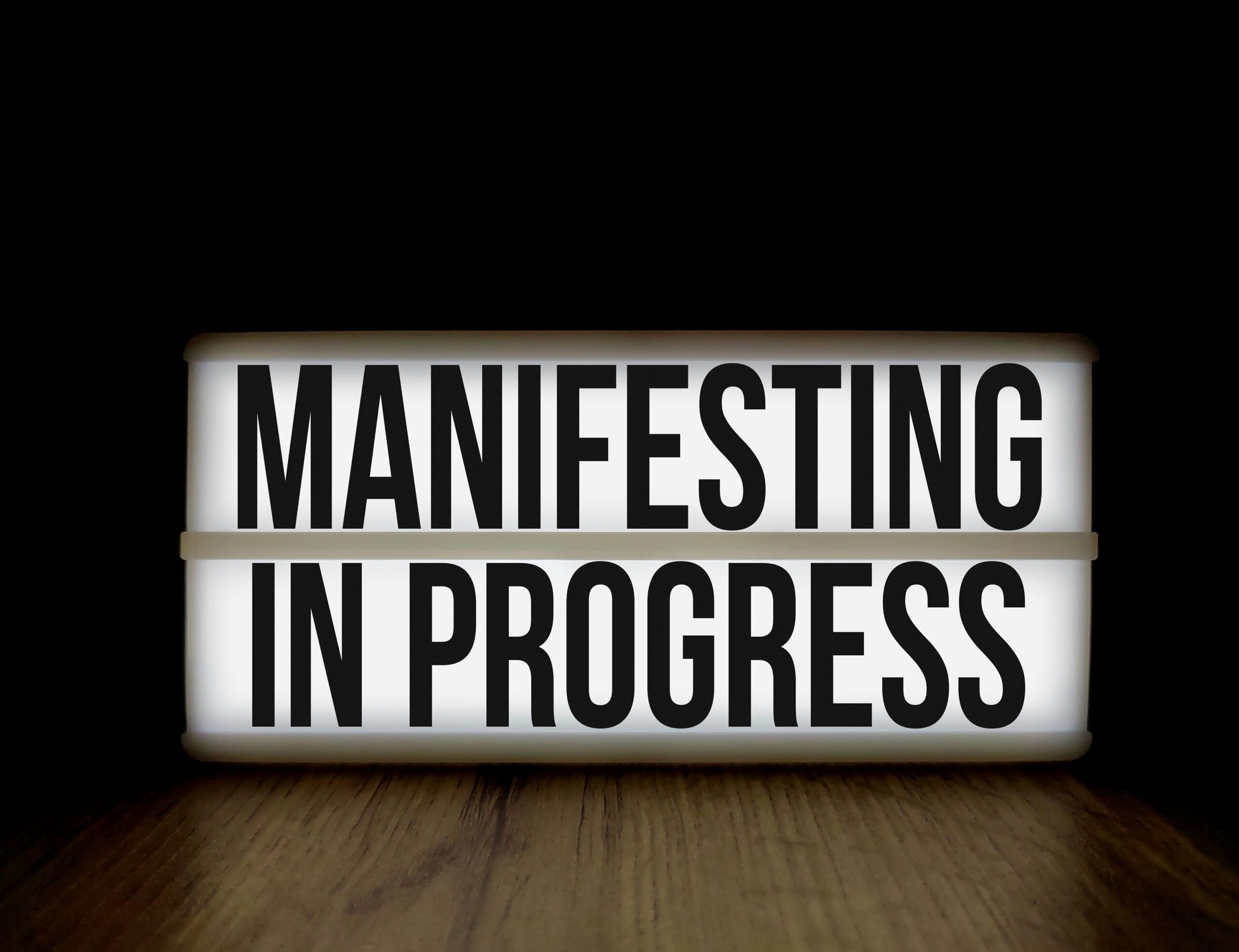Tracking your progress with intention transforms how you achieve goals. Mindful metrics illuminate the path to sustainable growth, turning ambition into measurable reality. 📊
In today’s fast-paced world, success isn’t just about working harder—it’s about working smarter. The difference between those who achieve their goals and those who struggle often comes down to one critical factor: how effectively they track their progress. When you combine strategic measurement with mindful awareness, you create a powerful framework for optimal growth that respects both your ambitions and your well-being.
This comprehensive guide explores how to maximize your success through intentional progress tracking, using metrics that matter while maintaining balance and sustainability in your journey toward achievement.
🎯 The Foundation: Understanding Mindful Metrics
Mindful metrics differ fundamentally from traditional performance indicators. While conventional metrics focus solely on outcomes, mindful metrics incorporate awareness of process, context, and personal well-being. This holistic approach creates a more complete picture of progress that honors both achievement and sustainability.
Traditional tracking often becomes obsessive or superficial, measuring everything without understanding anything. Mindful metrics, however, ask deeper questions: What truly indicates progress toward your specific goals? Which measurements provide actionable insights? How can tracking enhance rather than diminish your experience?
The power of mindful metrics lies in their dual nature—they’re both quantitative and qualitative, objective and subjective. They measure tangible results while honoring the intangible aspects of growth: learning, adaptation, resilience, and personal transformation.
The Psychology Behind Effective Tracking
Understanding why tracking works unlocks its full potential. When you measure progress consistently, you activate several psychological mechanisms that drive achievement. The mere act of observation influences behavior—a phenomenon known as the Hawthorne effect. Simply knowing you’re tracking something makes you more conscious of it.
Progress tracking also provides concrete evidence of advancement, which fuels motivation during challenging periods. When you feel stuck, reviewing your metrics reveals forward movement you might otherwise miss. This tangible proof combats the distorted perceptions that accompany difficulty.
Furthermore, tracking creates accountability loops. Regular measurement establishes checkpoints that prompt reflection and adjustment, preventing you from drifting off course for extended periods.
📈 Designing Your Personal Metric System
Creating an effective tracking system requires thoughtful design tailored to your unique goals and circumstances. Generic approaches fail because they ignore individual context, values, and definition of success.
Begin by clarifying your objectives with precision. Vague goals like “get healthier” or “be more productive” resist effective measurement. Transform them into specific outcomes: “exercise 30 minutes daily” or “complete three focused work sessions before noon.” Specificity enables accurate tracking.
Identifying Your Key Performance Indicators
Not all metrics deserve equal attention. Identify the vital few indicators that truly reflect progress toward your goals. These become your key performance indicators (KPIs)—the measurements that matter most.
Consider both leading and lagging indicators. Lagging indicators measure outcomes (weight lost, projects completed, revenue earned), while leading indicators track the behaviors that produce those outcomes (workout sessions, hours worked, sales calls made). Leading indicators provide earlier feedback and greater control.
For optimal growth, your metric system should include:
- Outcome metrics: Final results you’re pursuing
- Process metrics: Activities that drive those results
- Efficiency metrics: Resource utilization and productivity
- Quality metrics: Standards and excellence indicators
- Balance metrics: Well-being and sustainability measures
The Rule of Three: Avoiding Metric Overload
Paradoxically, tracking too much undermines success. Excessive metrics create overwhelming complexity, dilute focus, and consume time better spent on actual progress. The solution? Limit yourself to three primary metrics per major goal.
This constraint forces prioritization, ensuring you track what truly matters. Three metrics remain manageable, memorable, and actionable. You can expand into secondary metrics later, but your core three should always remain your primary focus.
🛠️ Tools and Techniques for Effective Tracking
Modern technology offers countless tools for progress tracking, from sophisticated apps to simple spreadsheets. The best tool is the one you’ll actually use consistently—simplicity often trumps sophistication.
Digital tracking apps provide convenience, automation, and visualization capabilities that enhance motivation. Habit trackers, fitness apps, project management software, and financial tools can streamline measurement and reduce friction in your tracking routine.
However, don’t underestimate analog methods. Physical journals, wall charts, and manual tracking can create stronger engagement and mindfulness. The tactile act of writing engages your brain differently than digital input, often deepening reflection and retention.
Creating Your Tracking Rhythm
Consistency matters more than perfection in progress tracking. Establish a sustainable rhythm that fits your lifestyle and goals. Some metrics benefit from daily tracking, while others work better weekly or monthly.
Daily tracking suits habit formation and behavior change. Recording each occurrence reinforces the behavior and builds momentum. Weekly tracking provides sufficient data for trend identification without becoming burdensome. Monthly tracking works for slower-changing metrics like financial progress or long-term projects.
Schedule specific times for metric review. Morning tracking sets intentions for the day ahead, while evening review reflects on accomplishments and challenges. Weekly review sessions identify patterns and prompt adjustments. Monthly evaluations assess overall trajectory and inform strategic decisions.
💡 Transforming Data Into Actionable Insights
Collecting data means nothing without analysis and action. Raw numbers become powerful only when transformed into insights that inform decisions and drive improvement.
Regular review sessions turn tracking from passive recording into active learning. During these sessions, ask penetrating questions: What patterns emerge? Which strategies work best? Where do obstacles consistently appear? What relationships exist between different metrics?
Spotting Trends and Patterns
Trends reveal more than individual data points. A single day’s metrics might mislead, but weekly or monthly patterns expose underlying realities. Look for consistent directions: steady improvement, plateaus, declines, or cycles.
Patterns illuminate cause-and-effect relationships between behaviors and outcomes. Perhaps productivity peaks on days following quality sleep, or creative output flourishes after morning exercise. Identifying these connections enables you to optimize conditions for success.
Create simple visualizations—graphs, charts, or color-coded calendars—that make trends immediately apparent. Visual representation engages different cognitive processes than numerical tables, often revealing insights that raw data obscures.
The Power of Variance Analysis
Comparing actual results against targets or expectations highlights where adjustments are needed. Positive variances (exceeding expectations) reveal strengths to leverage, while negative variances (falling short) indicate areas requiring attention.
Avoid judgmental reactions to variances. Mindful metrics embrace curiosity over criticism. When metrics disappoint, investigate without self-condemnation: What factors contributed? Were expectations realistic? What can you learn and adjust?
🧘 Maintaining Mindfulness in Measurement
The “mindful” in mindful metrics isn’t decorative—it’s essential. Without mindfulness, tracking becomes mechanical, anxiety-inducing, or counterproductive. Mindfulness ensures that measurement serves growth rather than undermining it.
Mindful tracking means observing without obsessing. You notice results with interest but without attachment, viewing metrics as information rather than judgments of your worth. This perspective maintains motivation while preventing the toxic perfectionism that often accompanies measurement.
Recognizing When Metrics Become Harmful
Sometimes tracking turns destructive. Warning signs include: obsessive checking, anxiety around measurement, gaming metrics at the expense of actual goals, or defining self-worth through numbers. When metrics trigger distress rather than insight, reassess your approach.
Goodhart’s Law warns that “when a measure becomes a target, it ceases to be a good measure.” This happens when achieving the metric becomes more important than the underlying goal. Students who study only for test scores without learning, or dieters who hit weight targets through unhealthy means, exemplify this problem.
Maintain perspective by regularly reconnecting with your deeper “why.” Metrics serve your goals; goals serve your values and vision. This hierarchy prevents metrics from becoming ends in themselves.
🔄 Adaptation: Evolving Your Metrics Over Time
Static metrics fail as circumstances, goals, and priorities shift. Your tracking system requires periodic evolution to remain relevant and useful.
Schedule quarterly metric audits where you evaluate whether current measurements still serve your goals. As you progress, early indicators may become less relevant while new metrics gain importance. Beginning runners might initially track simply completing runs, but eventually measure pace, distance, or heart rate zones.
Celebrating Progress and Milestone Markers
Build celebration into your tracking system. Acknowledge achievements at predetermined milestones—not just final goal completion but intermediate victories along the way. These celebrations reinforce positive behaviors and sustain motivation through long journeys.
Milestone metrics create natural celebration points: your tenth workout, first month of consistency, halfway to your target, or any significant threshold. Mark these moments intentionally, allowing yourself to feel satisfaction before continuing forward.
🎨 Balancing Multiple Life Domains
Comprehensive success requires balanced growth across life domains—health, relationships, career, finances, personal development, and recreation. Tracking exclusively in one area risks success in that domain at the expense of others.
Create a balanced metric dashboard that includes indicators from different life areas. This panoramic view prevents tunnel vision and ensures that progress in one domain doesn’t undermine another. Your dashboard might track professional output alongside exercise frequency, quality time with loved ones, and creative pursuits.
The Wheel of Life Assessment
The Wheel of Life provides a framework for balanced tracking. Divide your life into key domains (typically eight: career, finances, health, relationships, personal growth, fun, physical environment, and contribution). Rate satisfaction in each area on a scale of 1-10.
This visual representation immediately reveals imbalances. A lopsided wheel indicates domains needing attention. Track metrics in underperforming areas to restore balance, ensuring that success feels holistic rather than compartmentalized.
🚀 Advanced Strategies for Optimal Growth
Once basic tracking becomes habitual, advanced strategies accelerate progress and deepen insights.
Implement experimentation protocols where you deliberately test variables and track results. Try different approaches to the same goal, measuring outcomes to identify optimal strategies. This scientific method transforms trial-and-error into systematic learning.
Creating Feedback Loops
The tightest feedback loops produce the fastest learning. Reduce the time between action and measurement to accelerate improvement. Immediate feedback enables rapid adjustment, while delayed feedback slows progress.
Where possible, structure metrics to provide same-day or real-time feedback. This immediacy creates powerful learning loops that compound over time, dramatically accelerating skill development and goal achievement.
Leveraging Social Accountability
Sharing metrics with accountability partners or communities amplifies their effectiveness. Public commitment and regular reporting create external motivation that complements internal drive. Find or create groups focused on similar goals where members share progress and support each other.
Accountability doesn’t require broadcasting everything publicly. Even one trusted partner who receives your weekly metrics creates powerful incentive for consistency and honesty in tracking.
🌟 From Metrics to Mastery: The Long Game
Ultimately, mindful metrics serve a purpose beyond immediate goals—they cultivate mastery. Consistent tracking develops meta-skills that transcend specific objectives: self-awareness, discipline, analytical thinking, and adaptive capacity.
Over time, tracking becomes less about the specific numbers and more about the person you become through the process. The habits of measurement, reflection, and adjustment shape character and capability in ways that extend far beyond individual goals.
As tracking becomes integrated into your lifestyle, it requires less conscious effort while delivering greater value. What initially demands discipline eventually becomes second nature—a seamless part of how you navigate life and pursue growth.
Building Your Tracking Legacy
Years of accumulated metrics create a rich personal database documenting your journey. This historical record becomes invaluable, revealing long-term patterns invisible in shorter timeframes. You can identify seasonal variations, multi-year cycles, and the cumulative impact of consistent small actions.
This legacy data also provides perspective during difficult periods. When progress stalls, reviewing your complete journey reminds you how far you’ve come and reinforces confidence that you can overcome current challenges as you’ve overcome past ones.

🎯 Your Next Steps Toward Metric-Driven Success
Understanding mindful metrics means nothing without implementation. Your journey toward optimal growth through intentional tracking begins with simple, concrete actions taken today.
Start small. Select one significant goal and identify three key metrics that indicate progress. Choose one tool or method for recording these metrics. Schedule specific times for tracking and review. Begin today—not when conditions are perfect, but immediately.
Commit to consistency over perfection. Missing occasional tracking sessions matters less than maintaining the overall habit. When you skip a day, simply resume the next day without self-criticism or abandoning the system entirely.
Remember that tracking serves you—you don’t serve tracking. Design systems that enhance rather than burden your life. Adjust freely when something isn’t working. The goal is sustainable progress, not rigid adherence to arbitrary methods.
As you develop your tracking practice, you’ll discover what works uniquely for you. The principles outlined here provide foundation and framework, but your specific implementation should reflect your personality, preferences, and circumstances. Mindful metrics honor individuality while providing structure for growth.
The path to maximizing success through mindful metrics isn’t mysterious or complicated. It requires clarity about what matters, consistency in measurement, curiosity in analysis, and courage to adjust based on what you learn. These elements combine to create a powerful engine for optimal growth that respects both ambition and well-being—delivering not just achievement, but fulfillment. 🌱
Toni Santos is a personal growth strategist and wealth alignment researcher dedicated to helping people connect mindset, habits, and money with purpose. With a focus on abundance psychology and intentional living, Toni explores how beliefs, behavior, and clarity turn goals into sustainable prosperity. Fascinated by financial psychology and high-performance routines, Toni’s journey bridges coaching, behavioral science, and practical frameworks. Each guide he shares is an invitation to design a life by intention—where daily actions align with values, and values align with long-term wealth. Blending mindset work, habit design, and evidence-based strategy, Toni studies how identity shifts, focus systems, and disciplined execution create compounding results. His work champions the idea that true abundance is built from the inside out—through awareness, alignment, and consistent action. His work is a tribute to: An abundance mindset grounded in gratitude, vision, and responsibility Financial psychology that transforms behavior into smart decisions Goal-oriented living powered by clear systems and repeatable habits Whether you’re redefining success, aligning money with meaning, or building habits that last, Toni Santos invites you to grow with intention—one belief, one plan, one aligned step at a time.




